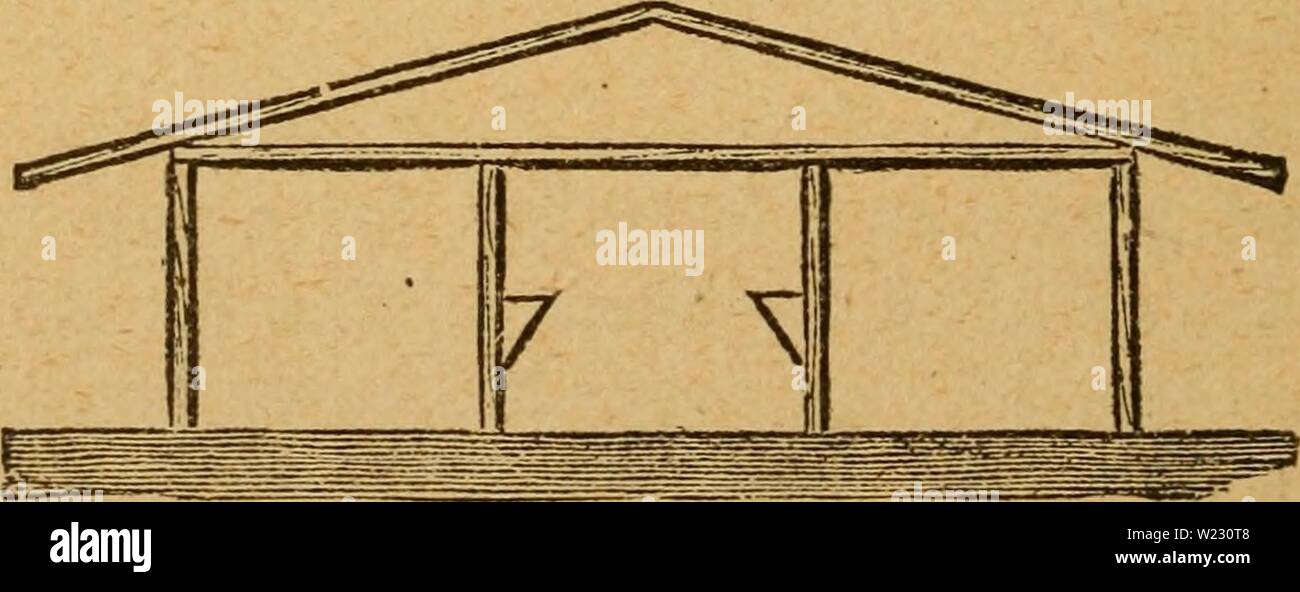THE Maintenance Organization Manual, often referenced as M.O.E, represents a fundamental document for any structure engaged in maintenance activities, in particular those subject to approval Part 145. This manual offers a clear and concise vision of the internal organization, allowing teams to comply with quality and safety requirements. It not only establishes the standards and procedures to be followed, but also contributes to the effective project management by ensuring rigorous monitoring of operations. By integrating this manual into your work environment, you guarantee better consistency and optimal control over the progress of your tasks, crucial elements in the field ofaeronautics and defense.

THE Maintenance Organization Manual is a fundamental document in the field of aircraft maintenance, ensuring compliance with regulatory requirements. It establishes the quality standards and procedures to be followed to guarantee a high level of maintenance and safety. This article highlights its importance for project management in the aerospace and defense sector, highlighting the key elements that make this manual an essential tool.
Table des matières
ToggleDefinition and role of the Maintenance Organization Manual
The Maintenance Organization Manual (M.O.E) is a document that details maintenance procedures and practices within a Part 145 certified organization. It serves as a reference for compliance with regulations and standards in force, integrating elements such as internal organization, staff qualifications, and maintenance methods to follow.
Beyond its regulatory function, the M.O.E is also an internal communication tool. It helps harmonize maintenance practices by ensuring that each member of the team has access to clear and consistent information. This helps ensure operations are carried out efficiently and securely.
Importance in project management
In the context of project management, the M.O.E plays a crucial role. First of all, it allows you to define quality standards clear and measurable, thus facilitating the evaluation of the performance of maintenance-related tasks. A project cannot succeed without good management of resources and processes, and the M.O.E provides a framework to ensure that each operation is carried out according to requirements.
Finally, M.O.E helps minimize security risks. By following standardized procedures and training staff according to specific guidelines, an organization can reduce the likelihood of incidents and accidents, which is essential in the high-stakes aviation field.
Development of the Maintenance Organization Manual
Writing an M.O.E requires a methodical approach. It is advisable to include a cartridge on each page, including the name of the organization, the document designation and the version. This helps ensure that all stakeholders have access to the latest information and procedures.
The content of the M.O.E must be clearly structured, addressing all operational facets of the maintenance organization. From describing maintenance processes to managing staff qualifications, each section must be tailored to the specific needs of the organization while remaining compliant with industry standards.
Conclusion on the importance of the Maintenance Organization Manual
In summary, the Maintenance Organization Manual is not only a regulatory document, but a vital instrument for the effective management of projects in the aeronautical field. By guaranteeing quality, safety and compliance, this manual contributes to the achievement of organizational objectives and the continuous improvement of maintenance processes. Every organization that aspires to excel in its maintenance activities should consider the creation or regular review of its M.O.E in order to stay in step with the demands and developments of the sector.























